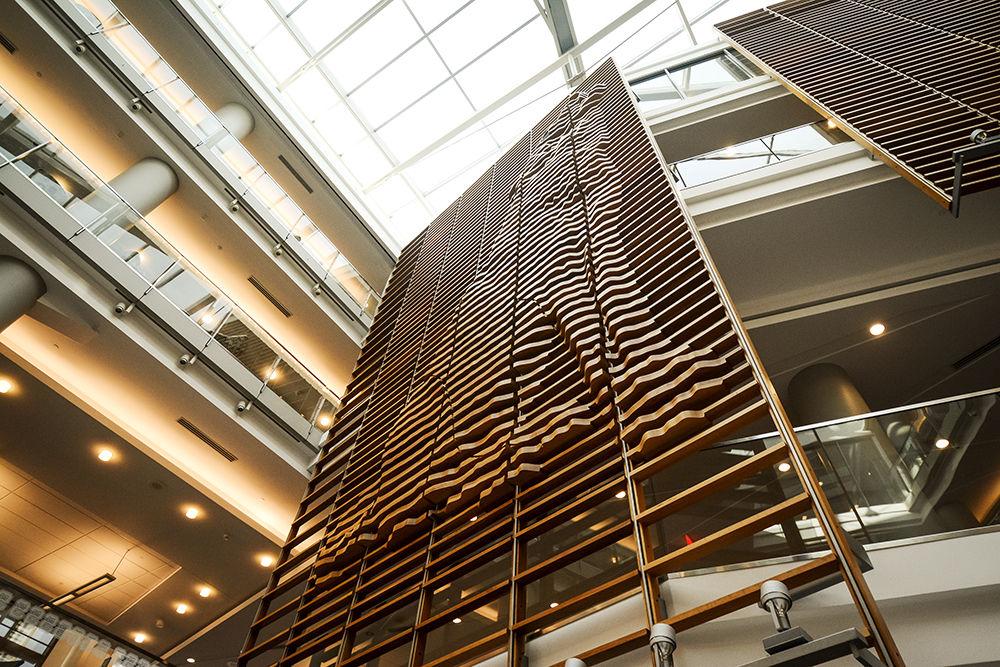Since its initial opening in May 2015, Talley Student Union has become a central location for student traffic with around 18,500 visitors every day, according to Tim Hogan, director of Student Centers.
Hogan said part of the reason why the number of Talley visitors is increasing is because of the growing student population.
Much of the occupancy of Talley is from rooms used by student organization meetings. Hogan said most student groups hold their meetings in the evenings, so space is limited during those times. However, departments generally use the space during the day.
Hogan outlined the process of reserving a space in Talley, saying that the easiest way to book a room is online.
“Easiest way to book a room is to go on the Rave! Events website and access the link to the web app of our event management software,” Hogan said. “A request to book a room can be submitted through the web app.”
Erica Epps, associate director of event services, shed more light on the procedure to book rooms for larger events.
“For more complicated events i.e. events on a larger scale, the request must be submitted through the event request form available on the Rave! website,” Epps said. “Event request form is required for events in Ballroom, lobbies etc.”
Hogan said there are fees associated with room rental, equipment rental and staffing.
“For a student organization with regular meetings, there is no charge,” Hogan said. “Student organizations need to pay only when there is staffing, or additional equipment required for an event.”
Hogan said student organizations pay the lowest fees because buildings are already supported by a student fee.
“Departments pay more compared to student organizations, and non-university groups pay the highest fee,” Hogan said. “We do not get frequent requests by non-university groups for room reservations.”
Epps said no marketing efforts have been made to get more non-university groups to hold events in Talley as the reservation timeline is set up such that student groups get higher priority over non-university groups when booking a room.
Epps also said the timings during which the building remains open was decided after some research.
“During the academic year the building remains open from 7 a.m. to midnight,” Epps said. “We have extended hours during the exams, and reduced hours during break. When we first opened, the timing of the building was from 7:30 a.m. to 1 a.m. During that time we would always find people waiting outside the building in the morning. So, we decided to change the timings from 7 a.m. to midnight.”
According to Hogan, considerable effort is required by the staff to always keep Talley clean.
“The facility enhancement team is responsible for housekeeping and cleaning the building and work four separate shifts.” Hogan said. “They basically cover the entire 24-hour period through four shifts. Nineteen staff work in the facility enhancement division.”
Hogan said, however, keeping such a big and popular structure clean 24 hours a day can have its challenges.
“One of the challenges with keeping things clean all the time is that most of the people have lunch/dinner at the same time, which generates a lot of waste.” Hogan said. “Working around the meal period is most difficult. We usually perform deep cleaning early in the day or later in night when there are few or no students in the building.”
According to Epps, recycling of waste has become easier with recent organizational developments.
“The recycling recently became mixed recycling, which made waste management easier,” Epps said.
While there may be no current plan in place to expand the capacity of Talley, there are repairs planned for the facility in the near future.
“We do not have any renovation plans in the works, though a couple of repairs are going on,” Hogan said. “There is a steam repair being done currently, which should be completed by early December.”








